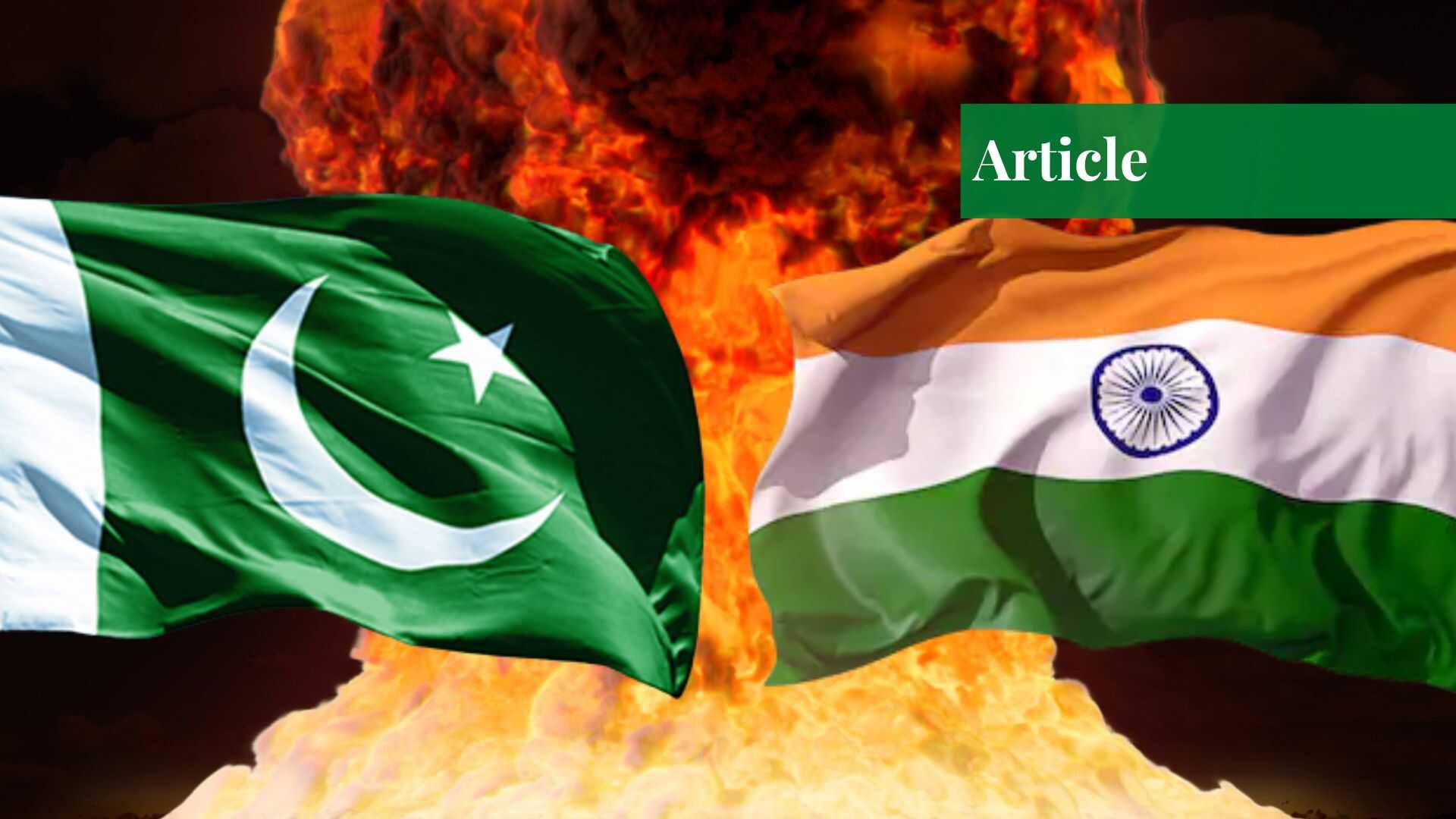By: Tanzeela Khalil
Pakistan and India have a longstanding and complex relationship marked by political, military and territorial disputes. India’s growing alliances and strategic cooperation with several countries, particularly the United States, has created an imbalance of power in the South Asian region leading to increased tensions and instability vis-à-vis its nuclear neighbour Pakistan. America has been providing military arsenal to India, including advanced weapon systems and training, which increases India’s military capability as well as the risk of military conflict with Pakistan. India with a larger military has remained engaged in several military conflicts with Pakistan in the past, posing a constant threat of aggression.
The most recent Indian nuclear brinkmanship, during the 2019 Pulwama-Balakot crisis, reflected a resolve on the Indian side not to hesitate to escalate the conflict to a nuclear level. The Western accommodation of India’s irrational actions has given impetus to its aggressive doctrines. Pakistan, on the other hand, exercised restraint and prevented the crisis from escalating. Pakistan’s restraint, however, should not be mistaken for its inability to respond to any military aggression from India, rather it should be seen and acknowledged as responsible nuclear behavior.
Pakistan’s minimal nuclear capability provides a credible deterrent against Indian military aggression. Given India’s ever-increasing conventional and nuclear capability – thanks to unbridled simultaneous access to Western and Russian suppliers – Pakistan must continue to maintain the credibility of its nuclear arsenal by improving the reliability of its weapons, and enhancing the survivability of its nuclear forces. Pakistan continues to maintain a robust, secure, and flexible nuclear command and control system to ensure that its nuclear weapons always remain under centralized control unlike India where nuclear capable missile systems are being “accidentally” fired.
India does not seem to be at peace with a stable nuclear deterrence with Pakistan and has always tried to create and exploit space for conventional war. India, in its desire to dominate the region, remains dismissive of the deterrent equation that has emerged over the past several decades. Indian unwillingness to be governed under a deterrent relationship is manifested in its adoption of provocative conventional doctrines like the Cold Start (CSD) and responding to Pakistan’s corrective countermeasures (Nasr) with counter-threats of revising its N-doctrine and adopting preemptive counterforce options.
If Pakistan were to give up its considered approach of restraint and responsibility and adopt an approach as aggressive as that of India, Pakistan retains several options to reciprocate the Indian nuclear-rattling. Without necessarily engaging in arms race and quantitatively improving its nuclear forces, Pakistan can counter Indian threats of preemptive counterforce targeting by moving away from its known policy of keeping the nuclear warheads and delivery systems in a de-mated form. Such a measure is likely to result in the repetition of concerns over these weapons falling into the wrong hands. However, Pakistan’s professional operationalization of its nuclear deterrence without any known safety or security lapses should be reassuring.
Following the departure from the policy of keeping nuclear warheads de-mated from delivery systems, Pakistan can also potentially cannisterize its N-capable missiles. Since similar Indian actions have not raised concerns of pre-delegation, raising of similar concerns on reciprocal Pakistani actions would only consolidate the Pakistani perceptions of a Western lack of appreciation of Pakistan’s threat perception.
As the readiness of Pakistan nuclear forces increases, adopting higher alert levels could also become a possibility, if and when the Indian threat of preemptive misadventure becomes imminent. While alert levels that dictate launch on warning protocols may not be pragmatic in the peculiar South Asian geography, launch under attack and Launch on Launch will start to appear the only viable available option for Pakistan to maintain credibility of its nuclear deterrent.
All the measures make perfect sense under the Cold War nuclear deterrence playbook. But their replication in the South Asian environment – however inevitable it becomes – could be much more dangerous than similar actions that maintained the uneasy peace during the Cold War. Imagine the March 2022 Indian “accidental firing” of Brahmos missile occurring in an environment where Pakistan maintained a Launch on Launch posture – all hell could have broken lose.
Pakistan’s restrained nuclear behavior merits Indian reciprocity rather than its continued nuclear bluster and never-ending dismissal of Pakistan’s nuclear capability. Pakistan has been unilaterally shouldering the responsibility of maintaining regional peace, which should not be taken for granted.
The writer is a freelance columnist
